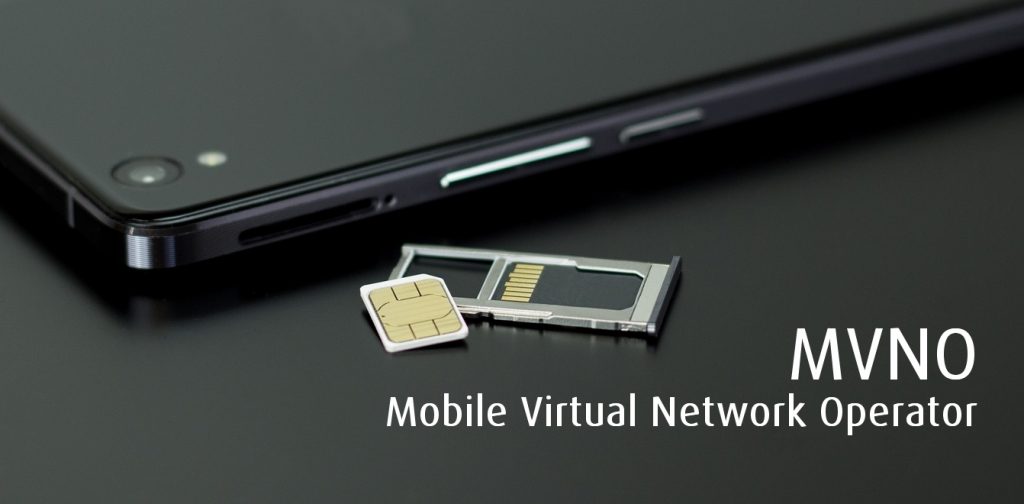Carrier Aggregation a key technology in 5G networks
Carrier aggregation is a key technology employed in 5G networks to enhance data rates, capacity, and overall network performance. This section explores the concept of carrier aggregation, its benefits, implementation considerations, and real-world applications that leverage this technology.
Introduction to Carrier Aggregation:
Carrier aggregation is a technique that combines multiple frequency bands or carriers to create a wider aggregated bandwidth. It allows for simultaneous utilization of multiple carriers by a device, enabling higher data rates, improved spectral efficiency, and increased network capacity.
Benefits of Carrier Aggregation in 5G Carrier aggregation offers several benefits in the context of 5G networks:
- Increased Data Rates: By aggregating multiple carriers, the available bandwidth is expanded, leading to higher data rates for users. Carrier aggregation allows for the parallel transmission and reception of data across multiple carriers, enabling faster downloads, smoother video streaming, and improved overall user experience.
- Enhanced Spectral Efficiency: Carrier aggregation improves spectral efficiency by making more efficient use of available frequency resources. By combining multiple carriers, operators can utilize fragmented spectrum bands, optimize spectrum utilization, and achieve higher data throughput without the need for acquiring contiguous spectrum.
- Improved Network Capacity: Carrier aggregation helps address the increasing demand for network capacity. By combining multiple carriers, operators can effectively increase the available bandwidth, accommodating more users and supporting higher traffic volumes in congested areas.
- Seamless Mobility: Carrier aggregation enhances mobility support by allowing devices to maintain connectivity while moving across different frequency bands. This enables uninterrupted communication and seamless handover between different carriers, ensuring a smooth user experience during mobility scenarios.

Implementation Considerations for Carrier Aggregation Implementing carrier aggregation in 5G networks involves several considerations:
- Compatible Devices: Carrier aggregation requires devices that support this technology. Both the network infrastructure and user devices need to be compatible with carrier aggregation to fully benefit from its advantages. Device manufacturers need to ensure that their devices support the required carrier aggregation configurations and frequency bands.
- Network Planning and Optimization: Effective network planning and optimization are essential for successful carrier aggregation deployment. Operators need to carefully plan the carrier aggregation configurations, considering factors such as carrier selection, bandwidth allocation, and interference management. Additionally, ongoing network optimization is required to ensure optimal performance and mitigate any performance degradation caused by carrier aggregation.
- Backhaul Capacity: Carrier aggregation increases the demand for backhaul capacity to support the aggregated data traffic. Operators must ensure that the backhaul infrastructure is capable of handling the increased bandwidth requirements resulting from carrier aggregation.
- Interference Management: Carrier aggregation can introduce interference between the aggregated carriers, impacting overall network performance. Effective interference management techniques, such as advanced interference cancellation algorithms, are necessary to mitigate interference and maintain the quality of service.
Real-World Applications of Carrier Aggregation Carrier aggregation finds applications in various scenarios, enabling improved connectivity and data rates:
- Dense Urban Environments: Carrier aggregation is particularly beneficial in densely populated urban areas with high user density and demand for data-intensive applications. By aggregating multiple carriers, operators can provide faster data rates and better network capacity to meet the needs of urban users.
- Video Streaming and Content Delivery: Carrier aggregation significantly improves the performance of video streaming services and content delivery. By combining carriers, operators can deliver higher bandwidth and improved network performance, ensuring seamless streaming experiences and quick content downloads.
- IoT and Machine-to-Machine Communication: Carrier aggregation is instrumental in supporting IoT deployments and machine-to-machine communication. By aggregating carriers, operators can provide the necessary bandwidth and capacity for a large number of IoT devices, enabling reliable and efficient communication in IoT networks.
- Enterprise Connectivity: Carrier aggregation plays a crucial role in providing high-speed connectivity to enterprises. By combining multiple carriers, operators can offer faster and more reliable connections for business applications, supporting activities such as cloud access, real-time collaboration, and remote working.

Future Directions and Innovations Carrier aggregation continues to evolve, with ongoing research and development efforts focused on advancing its capabilities:
- Aggregation of Different Technologies: Future advancements may include the aggregation of carriers across different radio access technologies, such as 5G and LTE. This would enable seamless interworking between different generations of networks and optimize resource utilization.
- Dynamic Carrier Aggregation: Intelligent algorithms and techniques can enable dynamic carrier aggregation, allowing networks to adaptively select and aggregate carriers based on real-time network conditions, traffic demands, and device capabilities. This dynamic approach optimizes performance and resource allocation in a changing network environment.
In conclusion, carrier aggregation is a vital technology in 5G networks that enables higher data rates, improved spectral efficiency, and increased network capacity. By combining multiple carriers, operators can provide faster and more reliable connectivity, addressing the growing demand for high-bandwidth applications and services. While implementation considerations exist, ongoing research and innovations in carrier aggregation promise to unlock its full potential, paving the way for enhanced wireless communication in the 5G era.
By A W Moghul
 MVNO MVNE MNO Mobile & Telecoms industry intelligence Telecoms Jobs, News and Business
MVNO MVNE MNO Mobile & Telecoms industry intelligence Telecoms Jobs, News and Business







